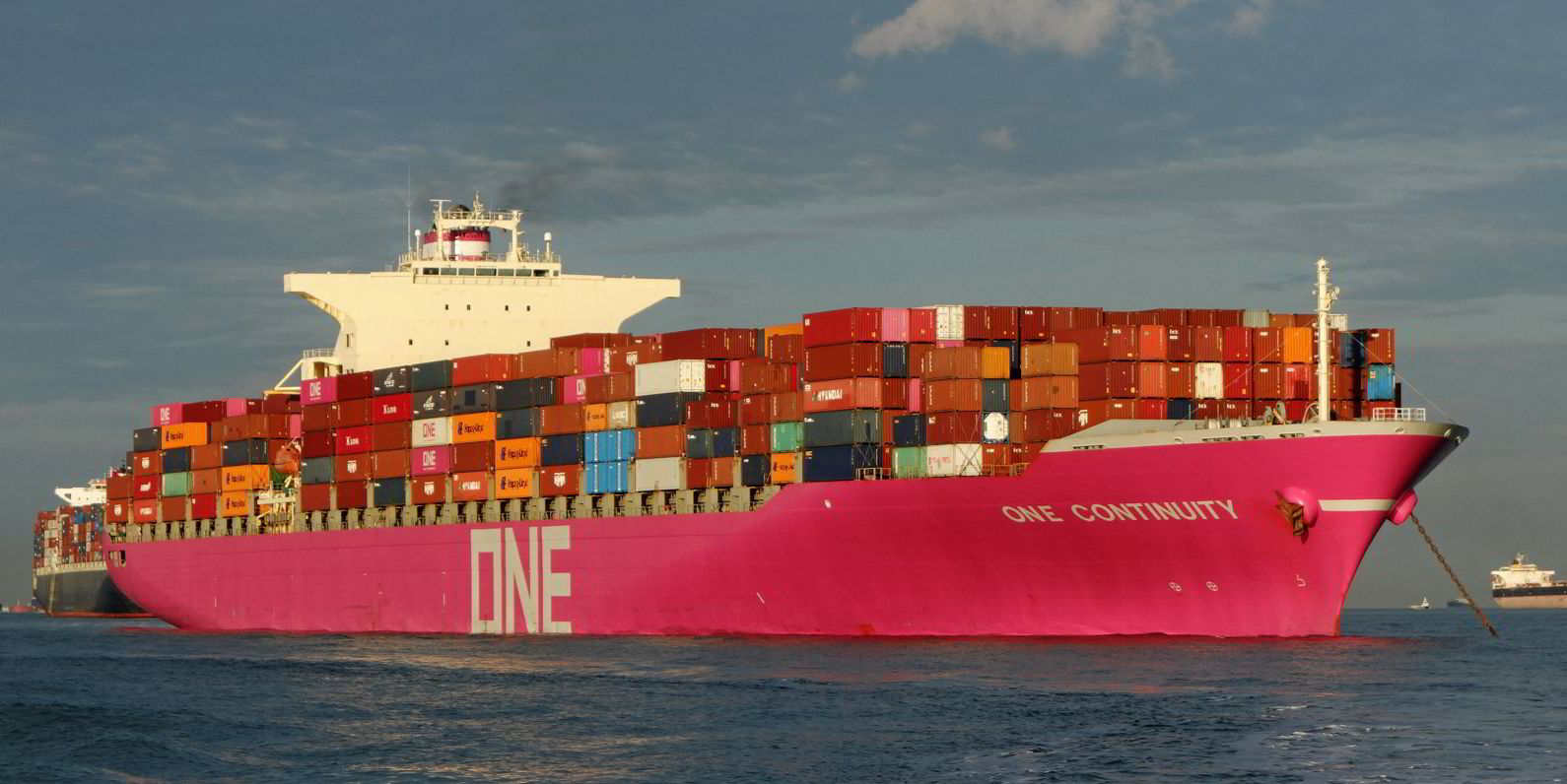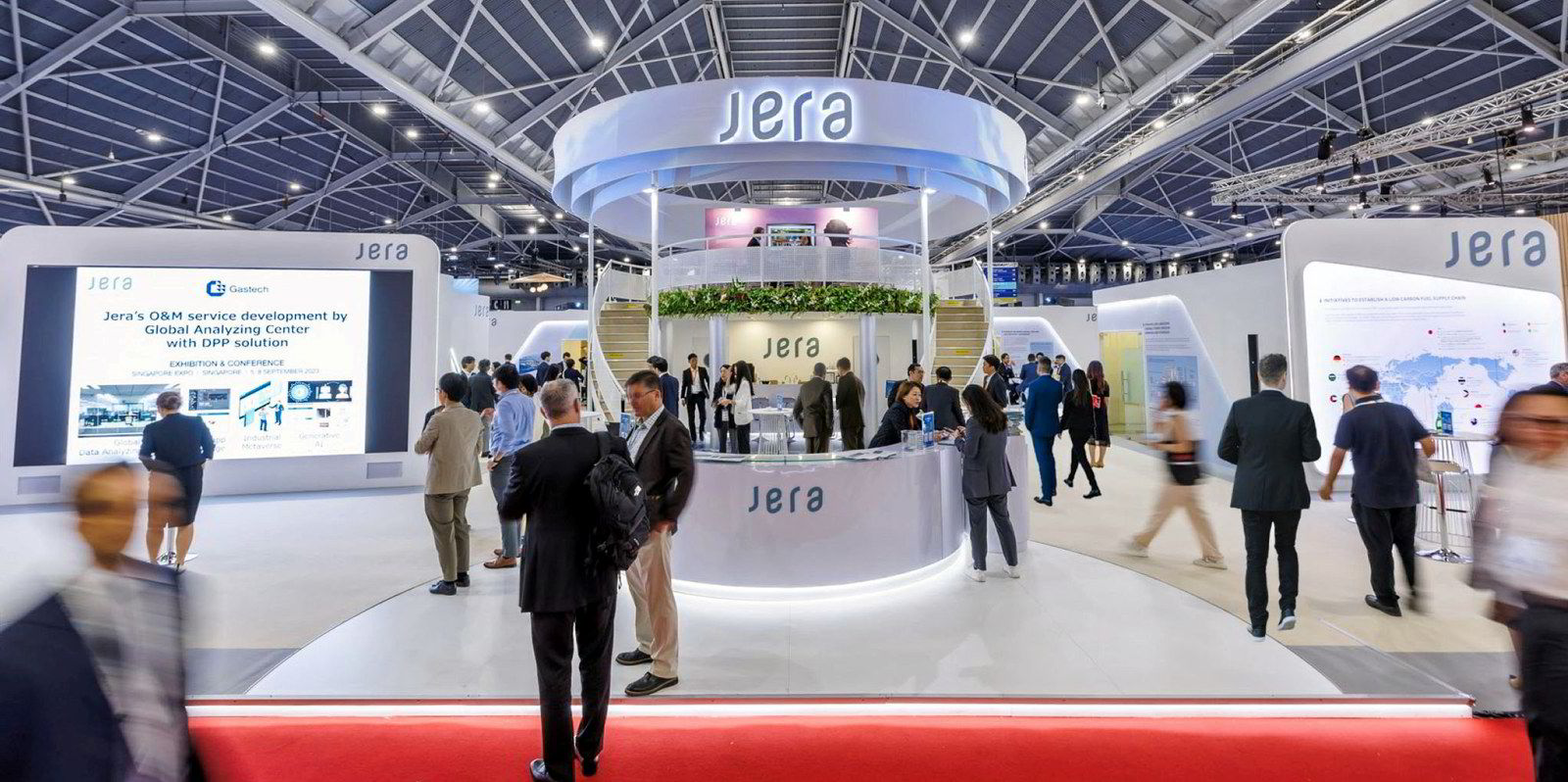NYK Line has described its full-year results for FY2023 as a “favourable start” for its medium-term management plan, despite the figure coming in nearly 80% down on a year ago.
The Japanese shipping giant said its net profit for the year was ¥228.6bn ($1.47bn) against the “record high” ¥1.01 trillion seen in the previous year.
“While revenues and profits declined over the previous fiscal year … recurring profit and net income for FY2023 came in at the third highest ever, demonstrating that we are steadily strengthening profitability as special factors such as logistics disruptions during the pandemic faded away,” NYK Line said.
The shipowner said profit levels ended up higher than the previous forecast, which was announced in February, primarily due to improving liner market conditions during the fourth quarter.
NYK Line’s liner arm saw recurring profit drop ¥723bn to ¥67.8bn despite improving market conditions in the fourth quarter.
“The [liner] market remained sluggish due to an increase in shipping capacity following the completion of new vessels as well as weakened cargo demand due to higher inflation and interest rates in the US and Europe that lasted until the end of the third quarter,” NYK Line said.
“While market levels in the fourth quarter improved due to tight supply-demand conditions caused by the situation in the Red Sea, market levels for the full year were lower compared to the previous fiscal year.”
NYK Line’s bulk shipping arm, which includes dry bulk, tankers and automotive transportation, saw its recurring profit ease by ¥40.1bn to ¥170bn.
“The capesize market was affected by the economic slowdown in China through August. However, the market levels throughout the year were driven by the strong second half and ended up higher than those for the previous year,” NYK Line said.
“This was because of the improvement in sentiment after September caused by seasonally strong demand and additional economic stimulus measures in China, combined with tighter supply-and-demand conditions in the Atlantic basin.”
In the panamax and smaller segments, NYK Line said that although volumes of coal and grain remained firm and markets trended above the previous year’s level in December and beyond, the market throughout the year trended below the elevated levels seen last year.
NYK Line said the VLCC market softened in the second quarter due to seasonally weak demand and the decision by major oil-producing countries to cut production.
“However, in the third quarter and beyond, a period of typically strong demand, the market recovered due to an increase in exports from the Americas. As a result, handling volumes throughout the year trended at levels above those for last year.
“In the petrochemical tanker market, the continued trend of longer shipping distance due to the impact of the situation in Russia and Ukraine tightened the supply-and-demand conditions,” NYK Line said.
In the VLGC market, NYK Line said the increased long-distance shipments from the US to Asia and the transit restrictions at the Panama Canal tightened the supply-and-demand conditions, with rates reaching record highs in September.
“While the market levels declined in the fourth quarter due to a slowdown of transportation demand from the US, throughout the year trended at levels exceeding the same period last year,” it said.
In the car carrier segment, NYK Line said the number of vehicles transported last year was flat year-on-year due to the recovery in automobile production volumes and firm vehicle sales.
This was despite ongoing port congestion, the transit restrictions in Panama Canal, and the conflict in the Middle East.
Looking ahead, NYK Line is forecasting a FY2024 full-year profit of ¥245bn helped by an improving liner market.
“Despite uncertainties over the development of the Red Sea situation, services via the Cape of Good Hope are expected to continue during the first half and the supply-and-demand conditions will be tighter to some extent,” NYK Line said.
The shipowner also expects the supply-demand balance to soften as the completion of new vessels reaches its peak during FY2024.





